Montessori Method
If you are wondering what sets the Montessori Method apart from traditional education, we recommend taking five minutes to watch this quick video below.
Dr. Maria Montessori
Dr. Maria Montessori was an Italian physician and educator best known for the philosophy ofeducation that bears her name, and her writing on scientific pedagogy. Her educational method is in use today in some public and private schools throughout the world.
In 1906, Montessori was invited to oversee the care and education of a group of children of working parents in a new apartment building for low-income families in the San Lorenzo district in Rome. The name Casa dei Bambini, or Children's House, was suggested to Montessori, and the first Casa opened on January 6, 1907, enrolling 50 or 60 children between the ages of two or three and six or seven.
At first, the classroom was equipped with a teacher's table and blackboard, a stove, small chairs, armchairs, and group tables for the children, and a locked cabinet for the materials that Montessori had developed at the Orthophrenic School. Activities for the children included personal care such as dressing and undressing, care of the environment such as dusting and sweeping, and caring for the garden. The children were also shown the use of the materials Montessori had developed. She felt by working independently, children could become more autonomous and self-motivated to reach new levels of understanding. Montessori also came to believe that acknowledging all children as individuals and treating them as such would yield better learning and fulfilled potential in each particular child. She continued to adapt and refine the materials she had developed earlier, altering or removing exercises which were chosen less frequently by the children. Also based on her observations, Montessori experimented with allowing children free choice of the materials, uninterrupted work, and freedom of movement and activity within the limits set by the environment. She began to see independence as the aim of education, and the role of the teacher as an observer and director of children's innate psychological development.
Source: Wikipedia

